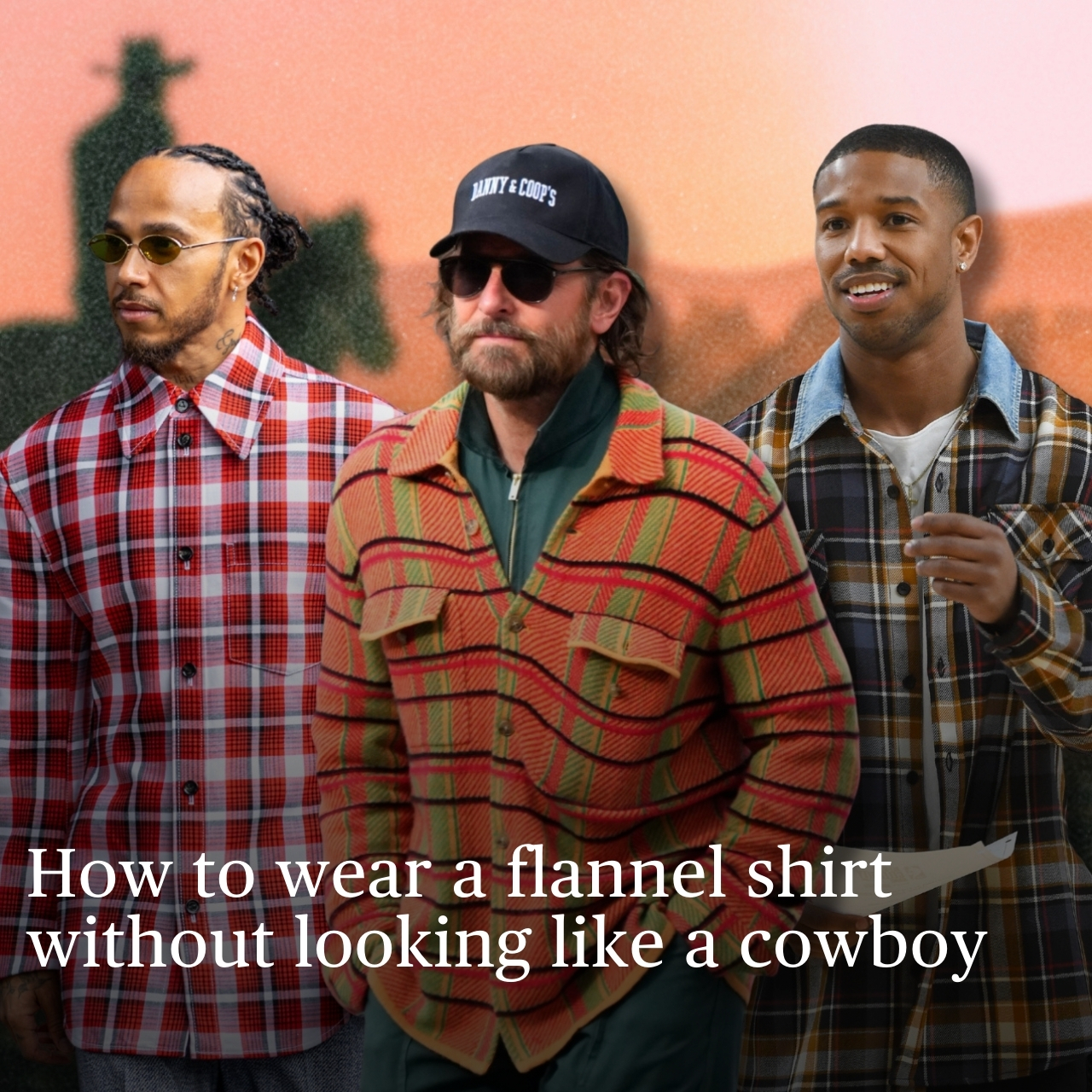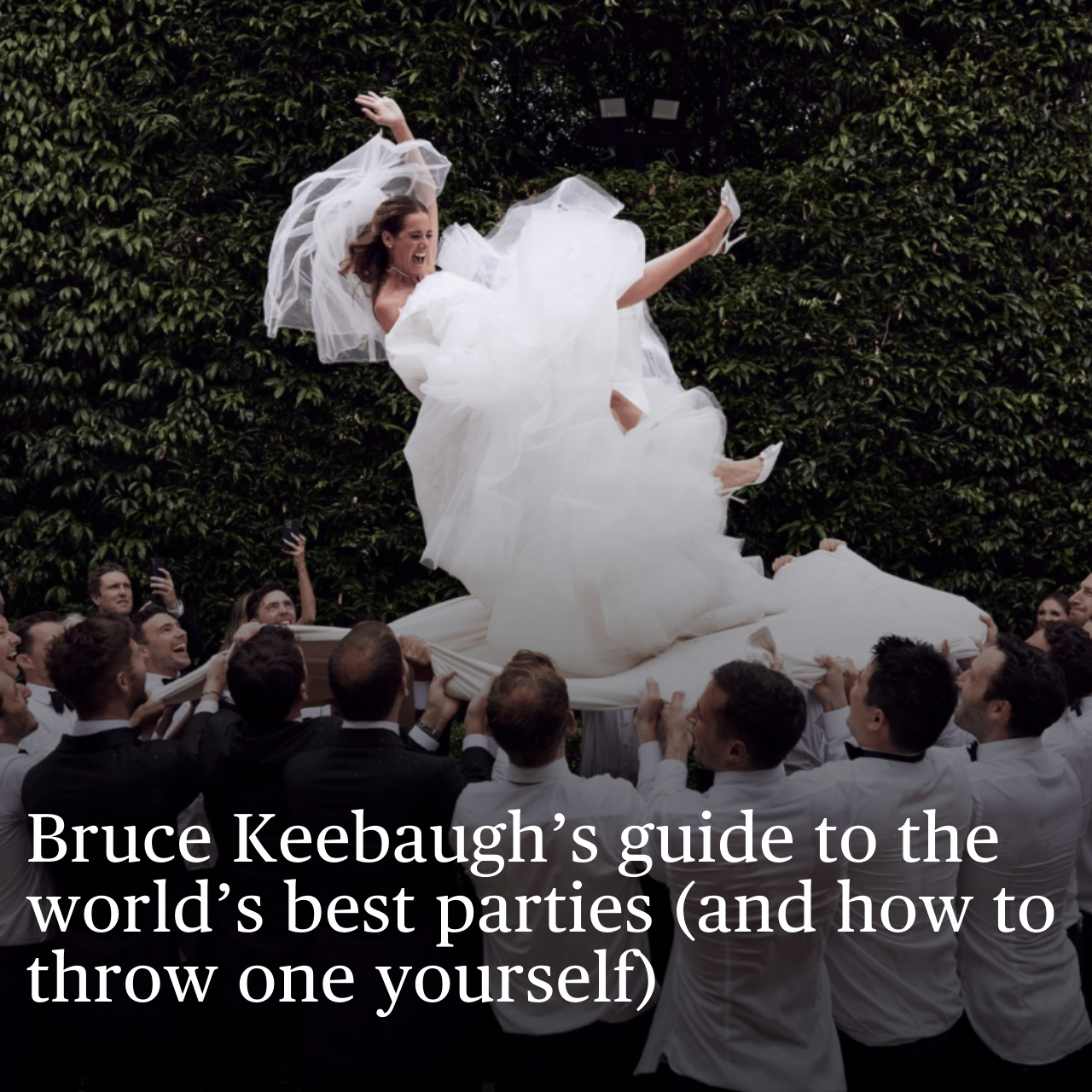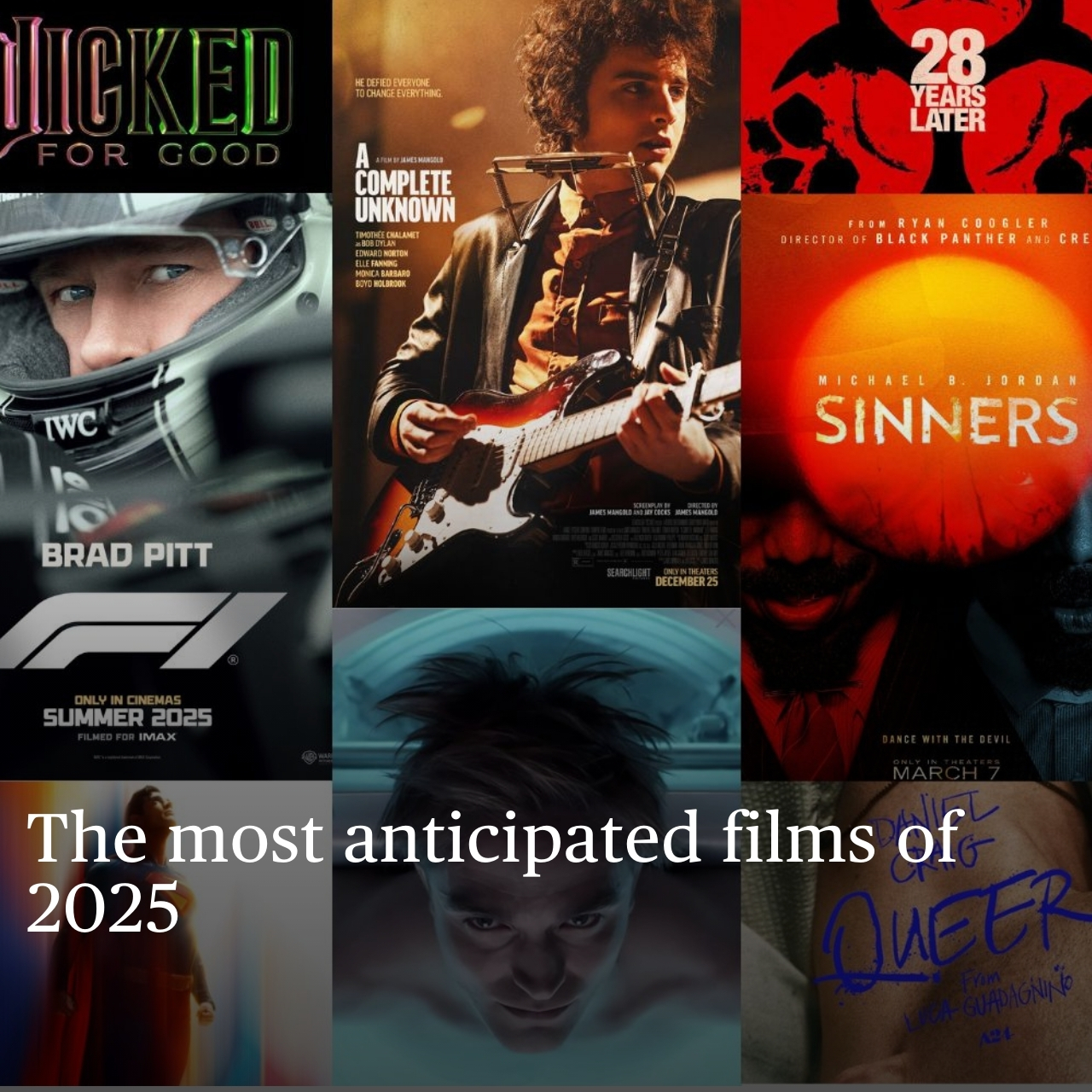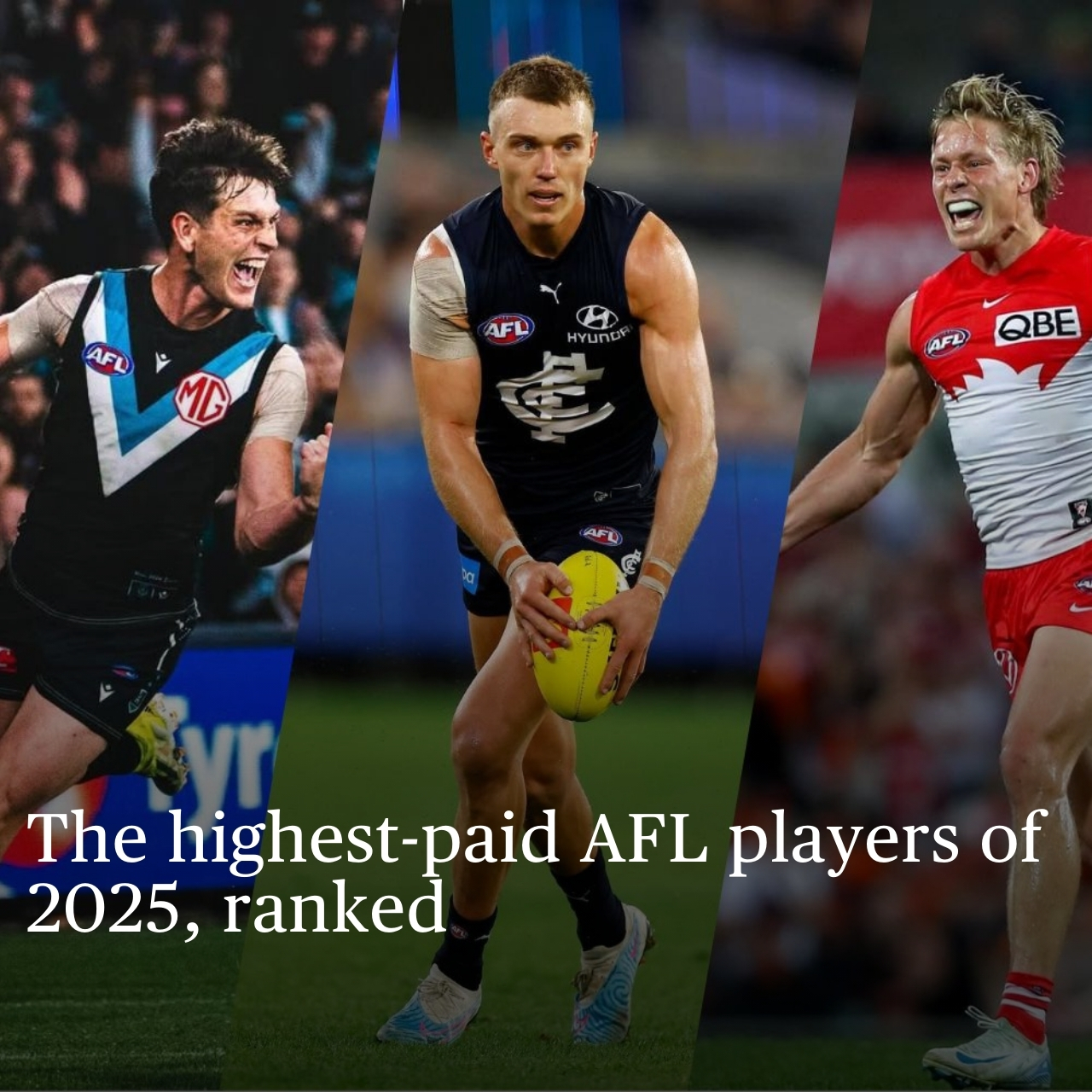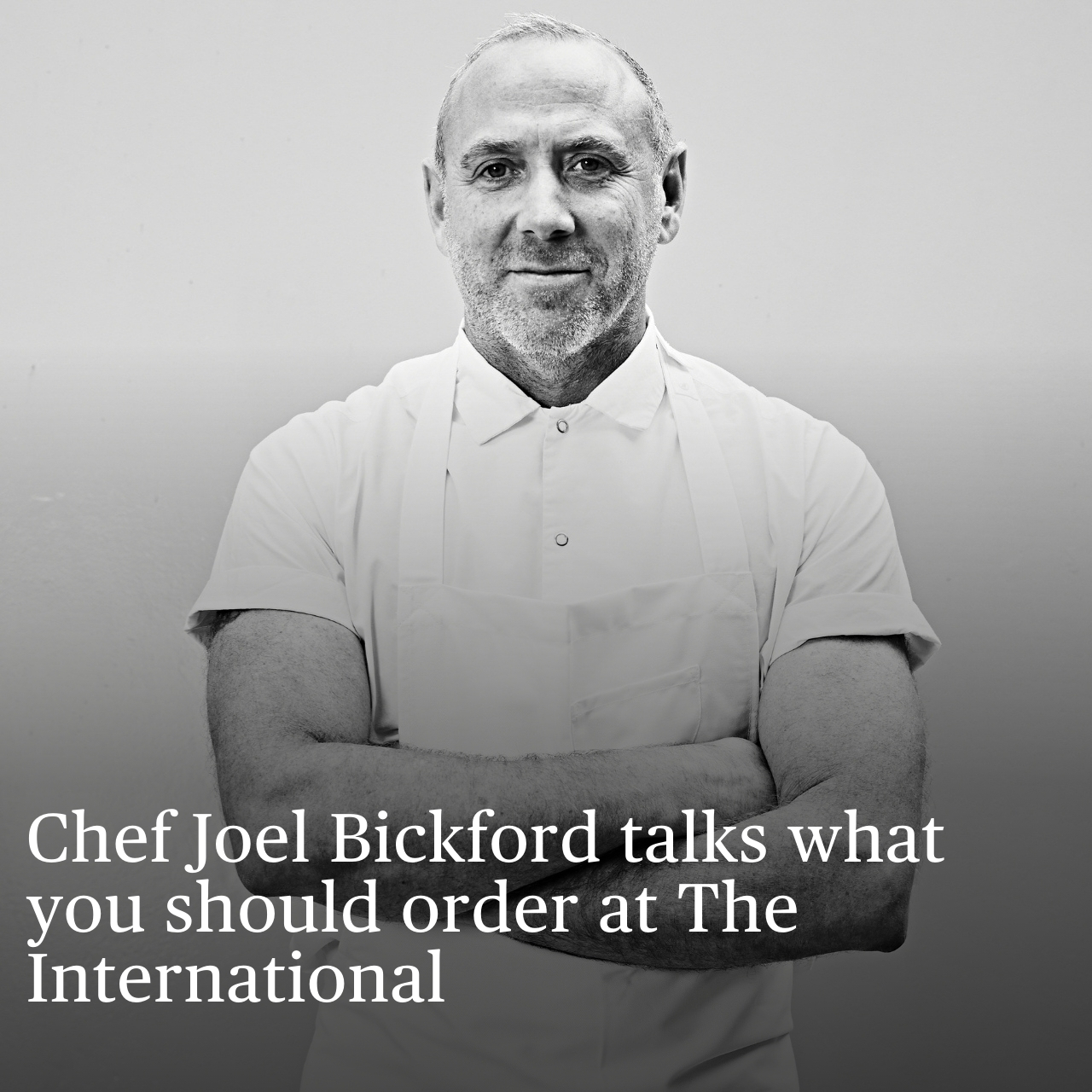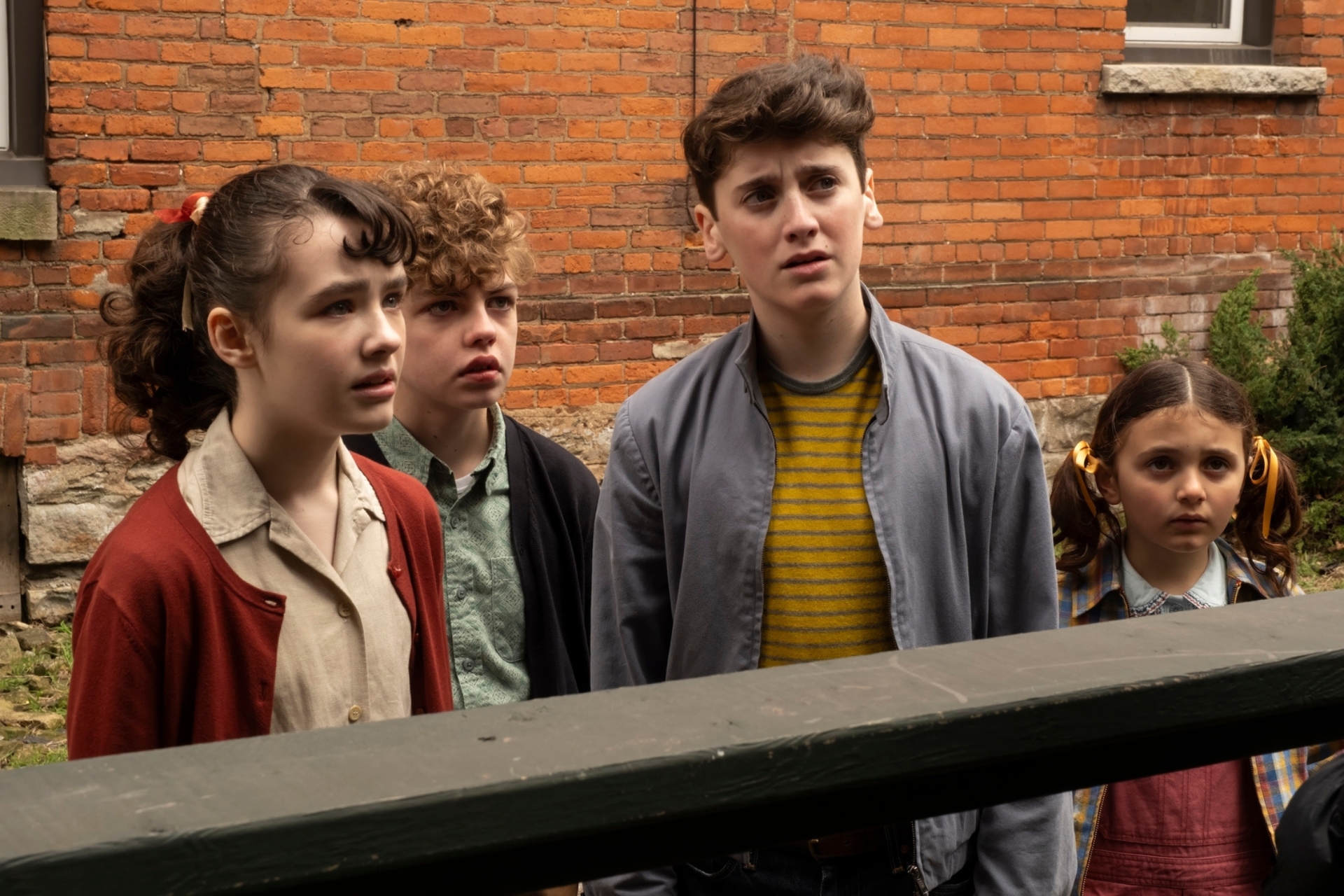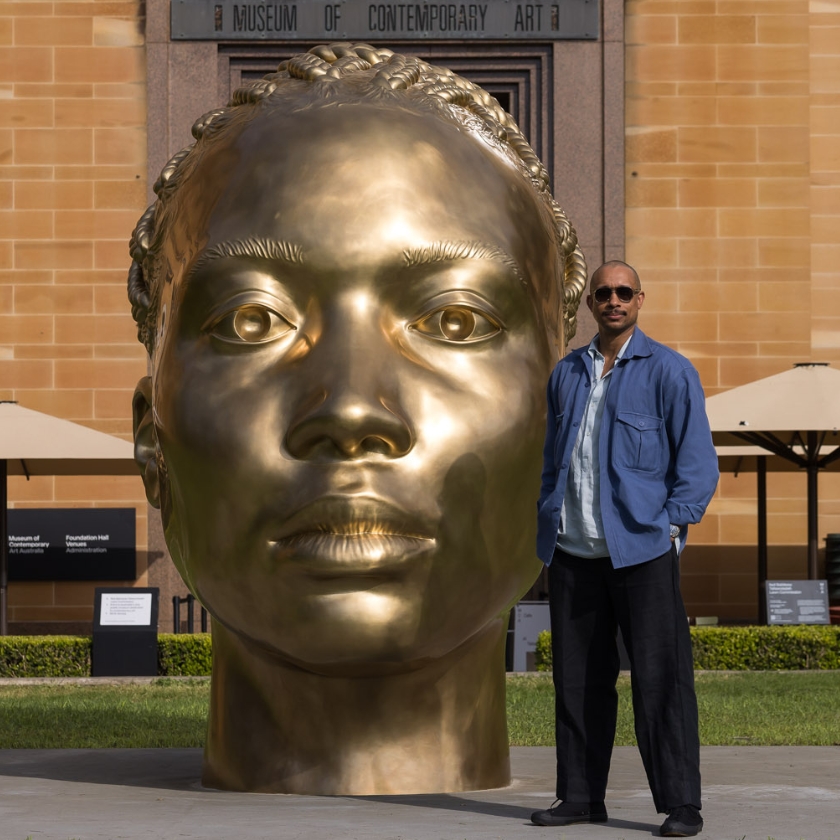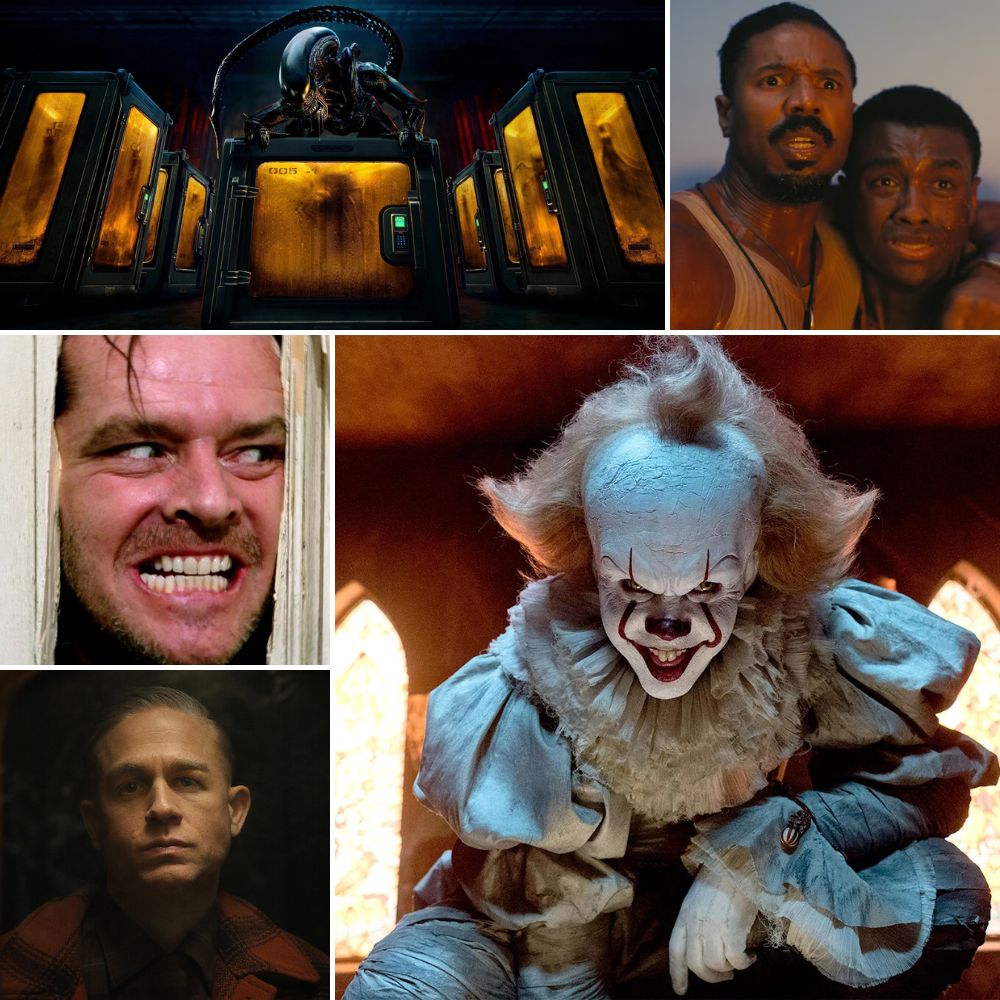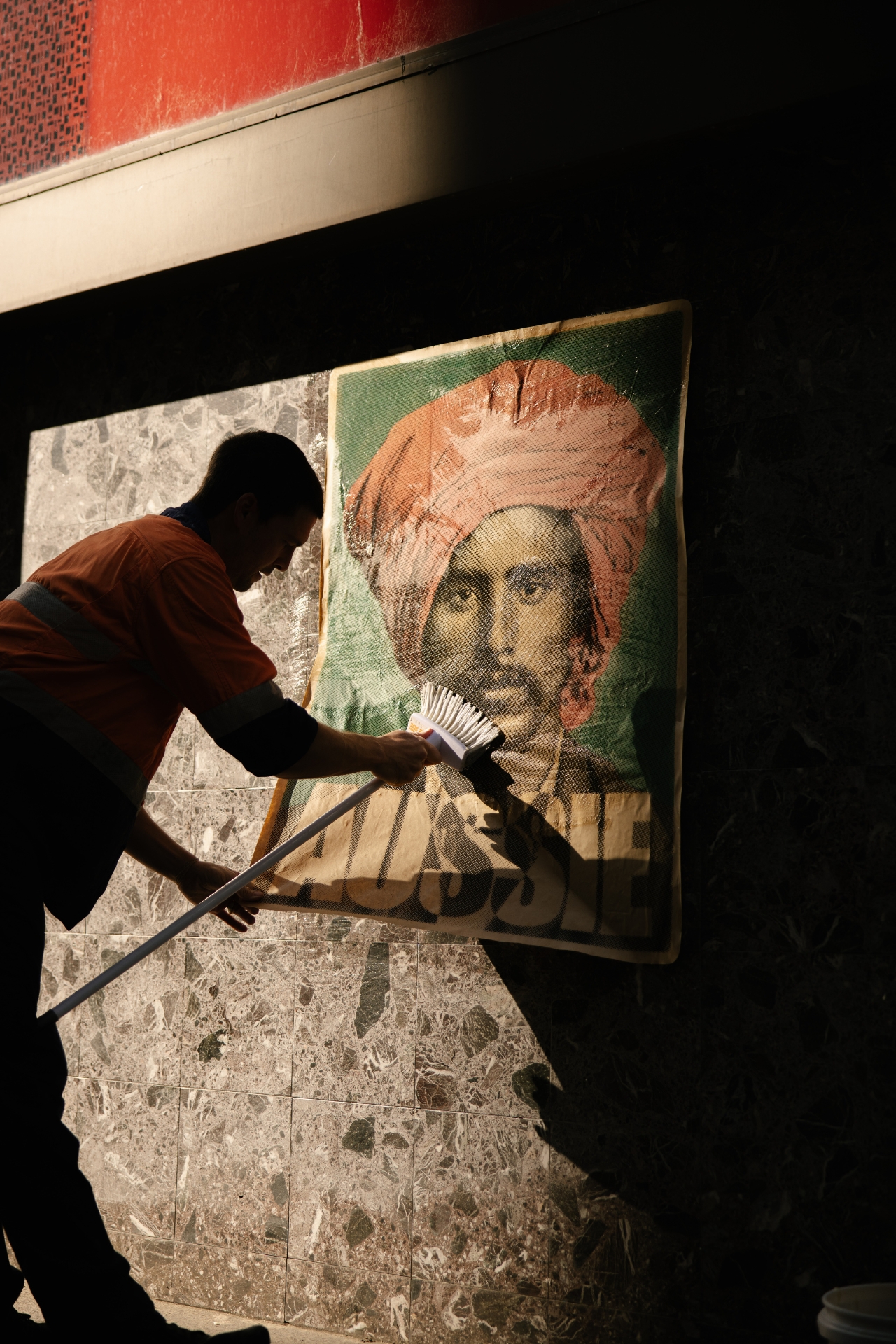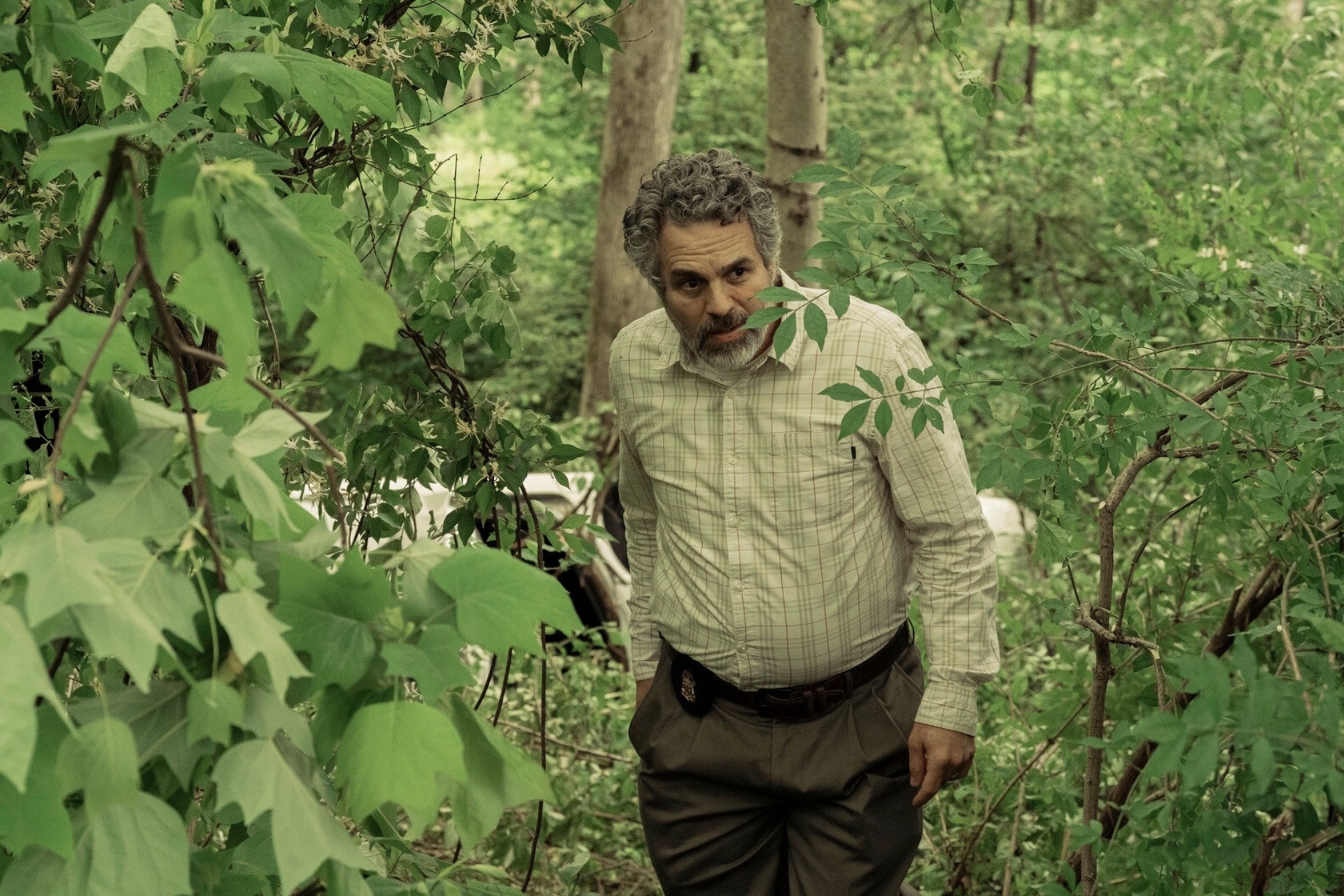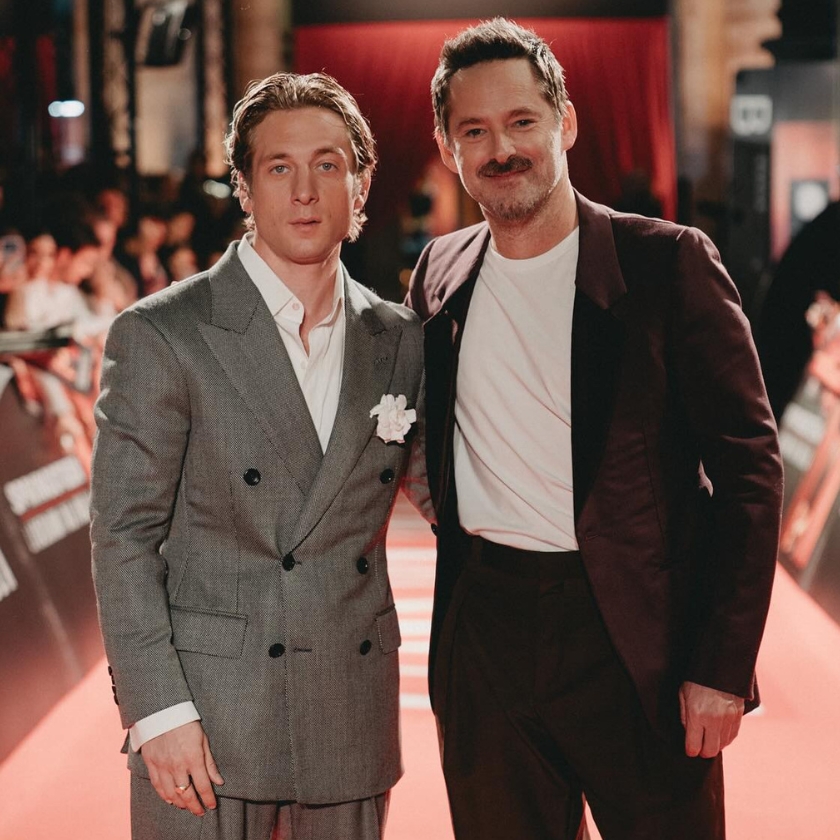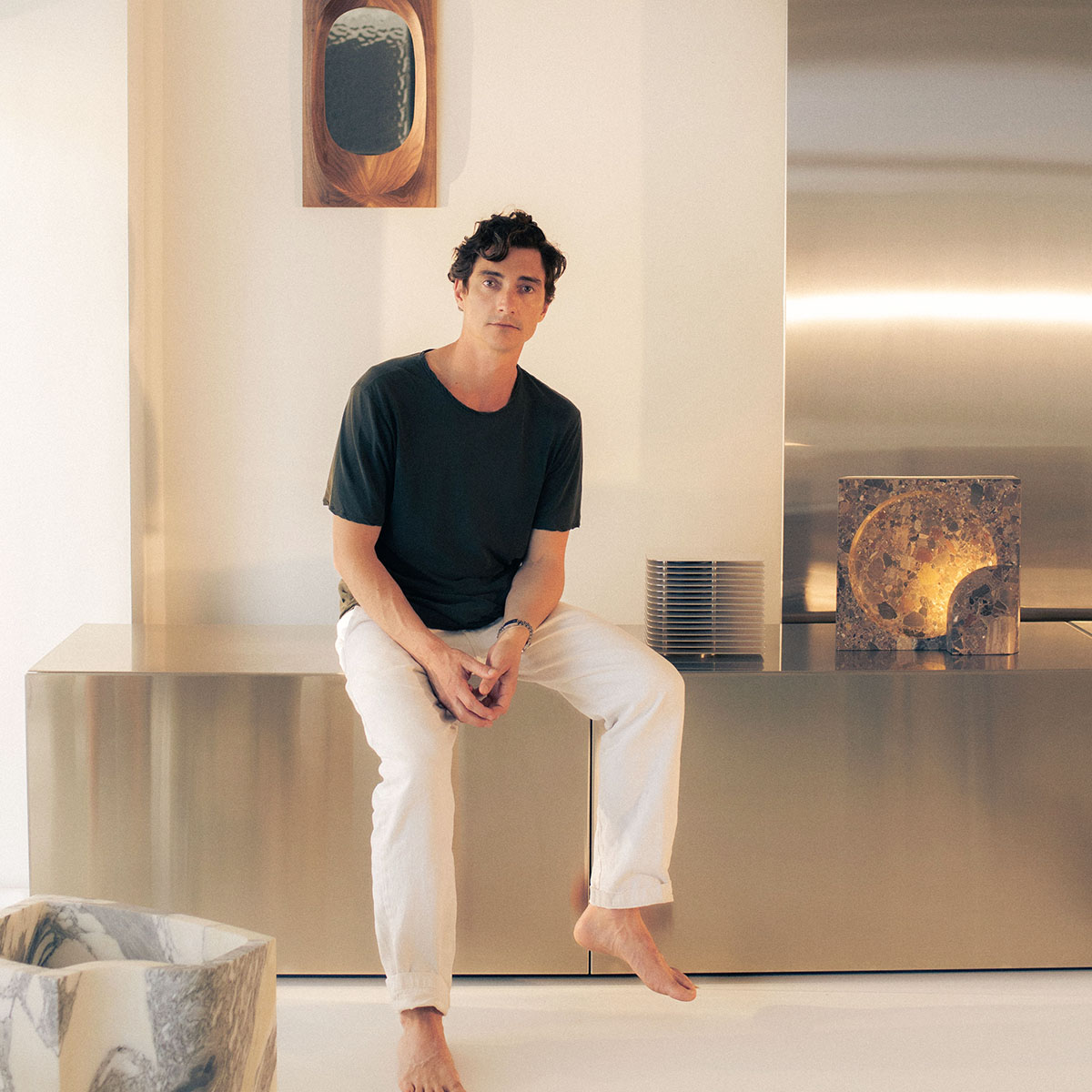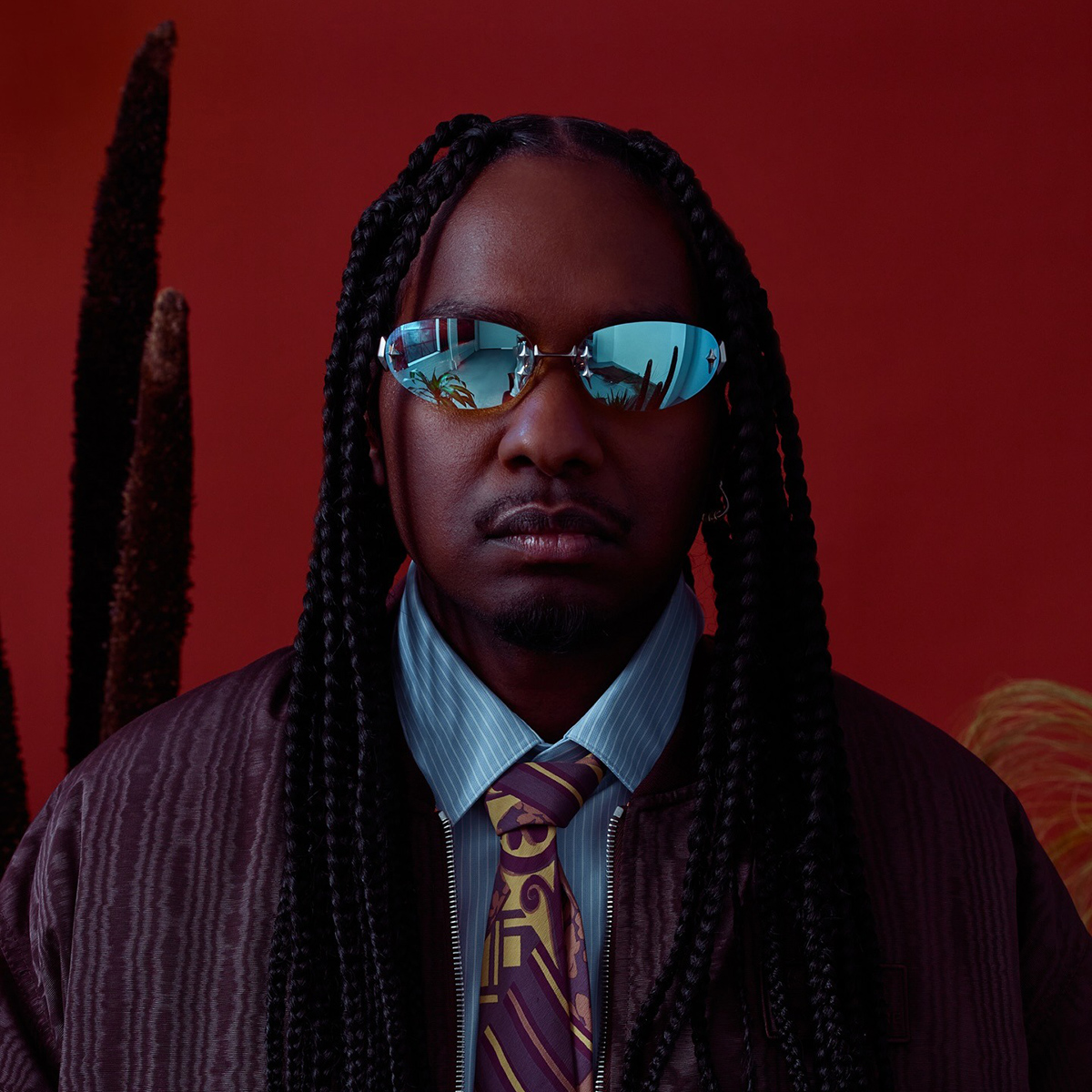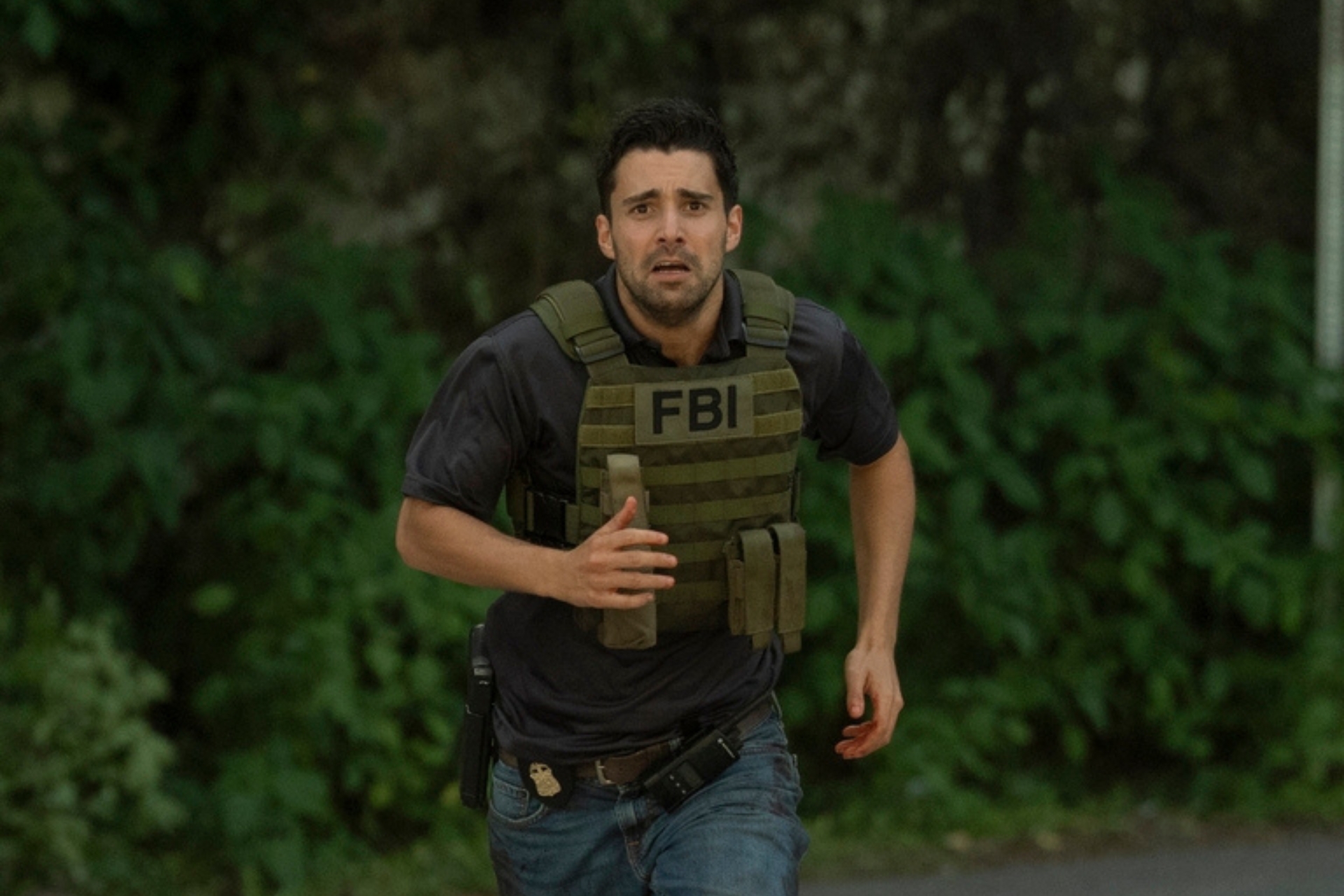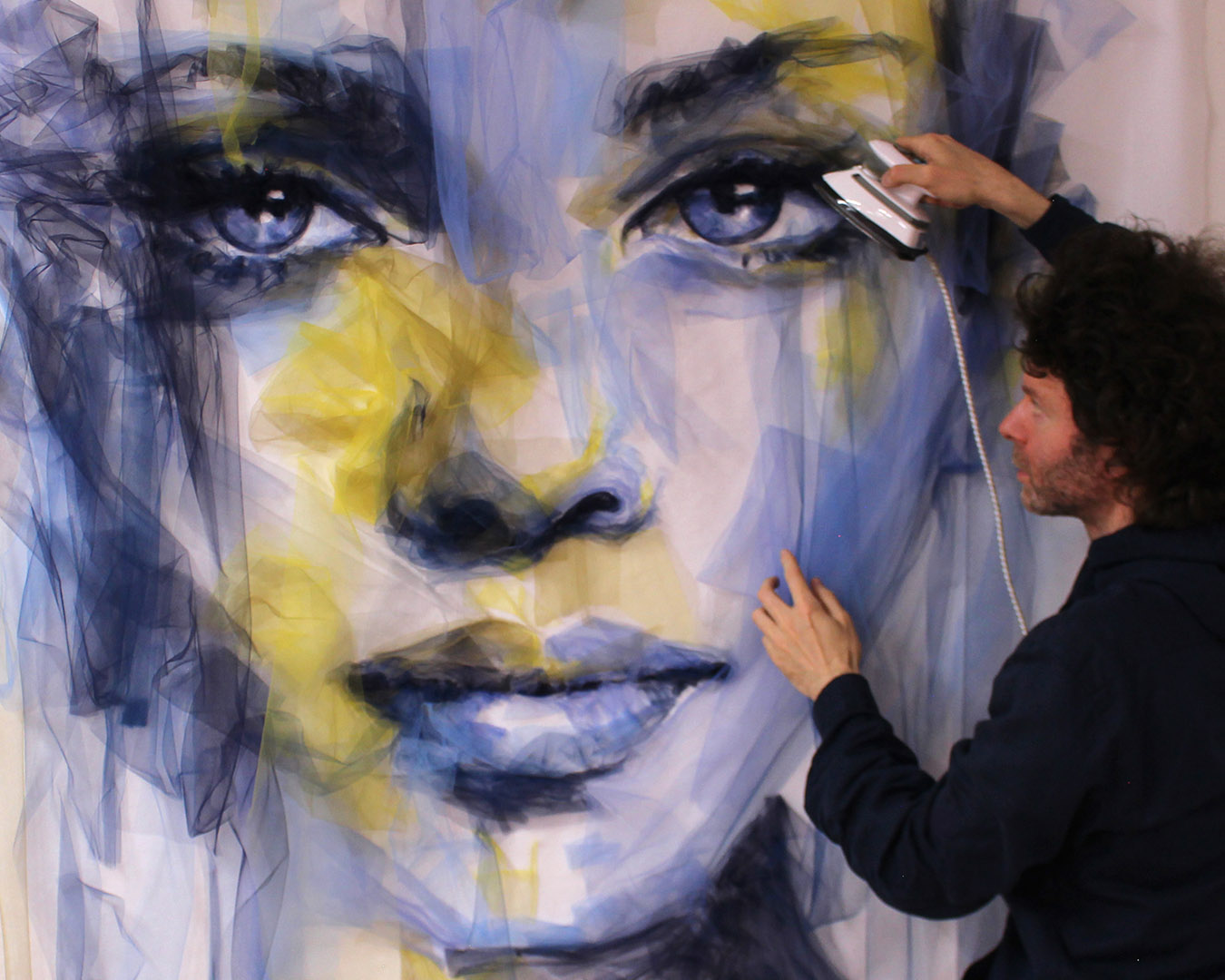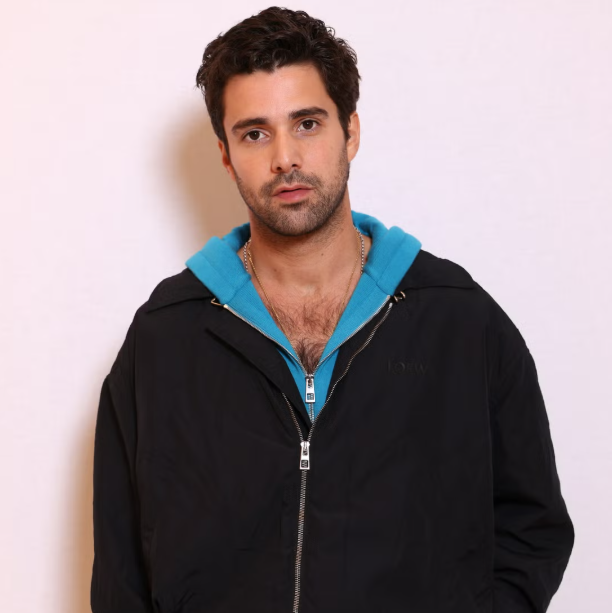‘The Last of Us’: Gabriel Luna has a lot to say about episode 2’s shocker
Following the HBO series’ fateful second episode, the actor behind Tommy dives into the making of the season’s grisliest episode yet. “It was absolute chaos,” he says. “Amazing, controlled chaos"
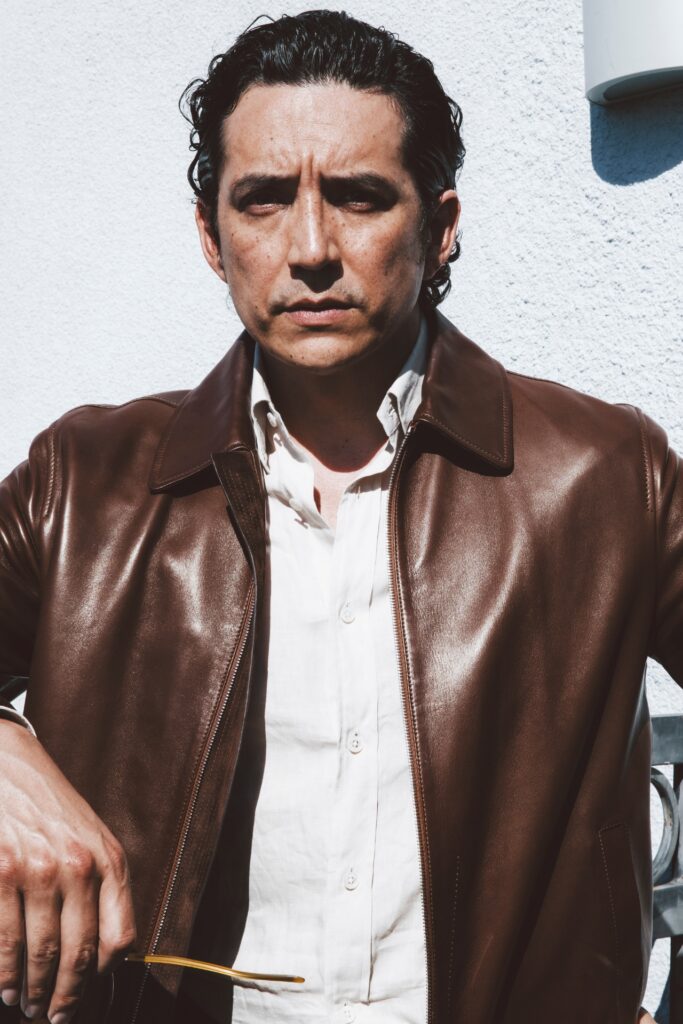
“I WISH I COULD make more sense of it for you,” Gabriel Luna tells me. The 42-year-old actor and I are grappling with season 2, episode 2 of the HBO hit The Last of Us, “Through the Valley,” which premiered Sunday night. The episode sees Luna’s character, Tommy, step up to the frontlines of Jackson as an onslaught of infected breach the community’s walls. If there’s any episode of The Last of Us that matches the scale, spectacle, and suspense that Game of Thrones achieved on HBO years back, it’s this one.
But try as Luna might, even he can’t fathom how it all happened. Still, he tries.
“I’m seeing this rush of images,” Luna says. “We’re up on the wall, a whole army of stunt performers firing brass. Tons and tons of brass ejecting from all these weapons – I’m slipping on bullet casings. We got fake snow, essentially white Cheeto dust flowing through the sky, because we’re shooting during spring. I’m running around doing 100-metre sprints in cowboy boots, jumping on horses and taking off.”
Luna has long ago wiped off the blood and snow smeared over his face during production. He’s looking cozy in his LA home, talking to me over Zoom about leather jackets, his favourite video games, and how his adopted NHL team, the Calgary Flames, might make the Stanley Cup playoffs. (‘We’re on a crazy run,” he raves.) And, of course, those memories from The Last of Us set. “All I see is monsters on fire running at me, stunt performers and background actors in prosthetics crashing through windows,” he continues. “It was absolute chaos. Amazing, controlled chaos.”
Luna is no rookie when it comes to elaborate set-pieces. In 2016, he swung fiery chains as Ghost Rider in Marvel’s Agents of S.H.I.E.L.D. In 2019, he fought Arnold Schwarzenegger in the franchise sequel Terminator: Dark Fate. But “Through the Valley” is the biggest episode of The Last of Us yet, its bullet-ridden set-piece making it another can’t-miss hour of a can’t-miss series.
While fans of the video games saw the devastating ending coming, the show takes a sharp turn that Luna believes is for the better. But really, he’s just glad he doesn’t have to avoid the subject anymore. “I feel light as a feather,” Luna says, laughing. “This is actually therapeutic. I love talking about it—the incident that drives everyone down into descent, into revenge and anger and thirst for blood that doesn’t seem quenchable. I can’t wait for the world to see it. It’s one people will talk about for a long time.”
Following the HBO series’ fateful second episode, Gabriel Luna dives into the making of the season’s grisliest episode yet – which is saying something for a show like The Last of Us.
This interview has been edited and condensed for clarity.
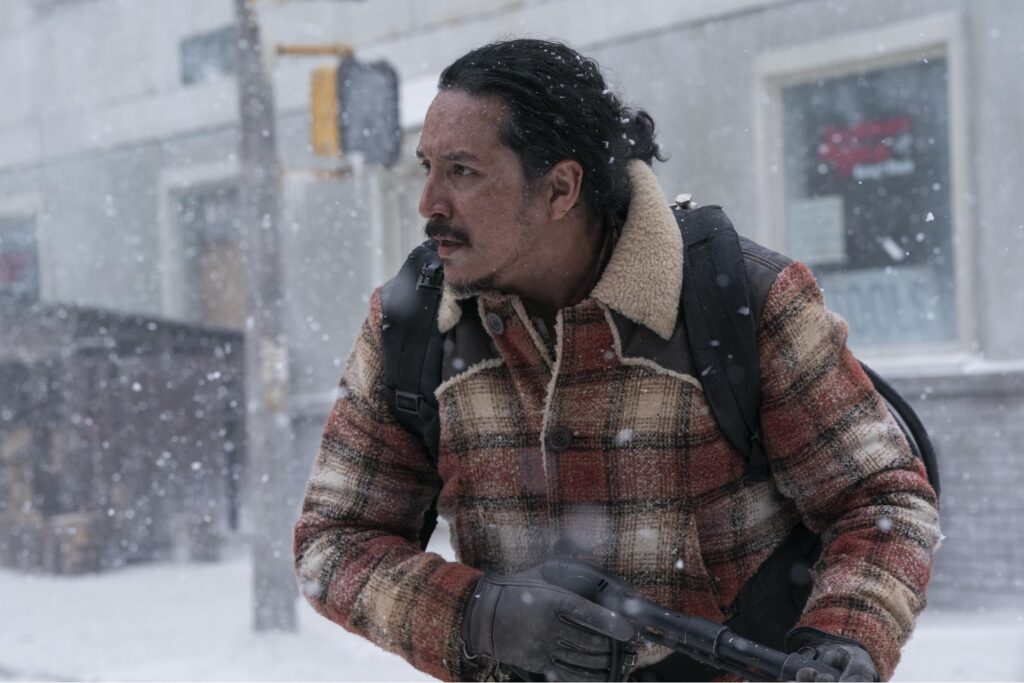
Esquire: On Instagram, you have three pinned posts showing off your roles in three universes: Marvel, The Terminator, and The Last of Us. What do your three characters mean to you?
Gabriel Luna: I’ve placed those prominently because those three jobs meant so much to me. [Especially] in the execution and how meaningful they were at those stages [in my career]. Ghost Rider was my introduction into being part of something that has global reach. Terminator has this incredible legacy – a franchise that’s been around 40-plus years. And then in The Last of Us, once again I stepped into a beloved story. It has been everything I had hoped for and more.
I noticed that you have a knack for leather and shearling jackets. Has playing Ghost Rider or Tommy shaped your taste in outerwear?
I shudder to think how many of our bovine brothers have been sacrificed for my wardrobe. [Laughs.] There’s nothing like a cool leather jacket. I had one in my 20s, and I’ve acquired a few from working. It’s function and fashion for me. I like to ride [motorcycles], so it’s good to have a good leather jacket. I also live in Los Angeles. You need a cool black leather jacket when you move to LA It’s a prerequisite.
On The Last of Us, 25 years span the first two seasons. How do you wear Tommy’s age, especially in such a short amount of time?
A lot of it is mannerisms. Things I remember from my grandfather and my uncle Freddy. I’m already kind of banged up, man, playing football and dislocating my patella and shoulder. I have nagging injuries that help me live it, not just play it. But it’s the maturity of [Tommy] becoming a father and the responsibility of being head of security, and bearing all the secrets between Joel and Ellie. In some ways, Tommy is the glue to the whole family. All of those factors are this heavy weight, and I feel that. Also, we were working hard out there. It’s not too hard to play tired and weary.
I understand your father passed away before you were born. What was it like for you to play Tommy as a father in season 2?
It’s a very formative event in my life, my mother being a 15-year-old widow. Stories about fathers and sons have always been interesting to me. We look to art and cinema to experience things vicariously, and the father-son relationship – however many father figures I’ve had in my life, it’s still a bit foreign to me. So it’s exciting to approach, to put it simply. I just did a picture called The Astronaut, and a big draw for me was to play the stay-on-Earth dad. That’s a big reason why I took the job, to experience this, to see what qualities it draws up in me.
Tommy is a community leader in Jackson. Considering his military background pre-apocalypse, do you believe this is what Tommy is meant to do?
Those are the skills he was blessed with. That’s the training he received and he’s passing to the community. In the first season, Joel says he’s a joiner – somebody who is very idealistic and believes not in what things are but the potential of what could be. Now we see that in action. I keep saying that he is both a lion and a lamb. So far you’ve gotten to see the tenderness of him and the humour. But now we get to see how when push comes to shove, when everything he loves is threatened, you see the lion. That’s what leaders should do. That’s what people with strength should do. They utilise it towards the safety of others.
Two years ago, you told Esquire you were studying the games, specifically the scene where Abby kills Joel. How did you feel when you found out Tommy was no longer present for Joel’s death in the TV show?
The truth is, back when we were doing the first season, I talked to [showrunner] Craig [Mazin] and [game creator] Neil [Druckmann] about it. Would Tommy be that careless to reveal Joel’s identity? As a seasoned veteran, somebody who had to protect this city and keep it safe, would he be so trusting of strangers? And then to walk into this ambush and be knocked out for that moment, unable to use any of his strength and skills to protect his brother, it always pinged in my mind – I wouldn’t say false, but I don’t know if Tommy would have been that trusting to walk into that trap.
Craig turned to me and he’s like, “Don’t worry, I have an idea.” Before the strike, he was starting to break the stories. He sent me this Bible-long text about where Tommy is and what he’s doing instead. And it floored me. I was so excited. I’m getting goose bumps now thinking about it. The idea there would be this role reversal where it would be Dina rather than Tommy, that works for her to be there. Somebody who still loves Joel and sees him as family, and would be devastated when this all goes down. I’m reading this text Craig sent. It said, [I’m] going to be in Jackson, there’s a massive horde, and [I’m] going to fight them with the town. I was like, “This is amazing.” Then I find out Mark Mylod is directing. We’re in the lineage of amazing, blockbuster-movie-quality battle scenes. We were already referencing “Battle of the Bastards” from Game of Thrones as inspiration for what we were doing.
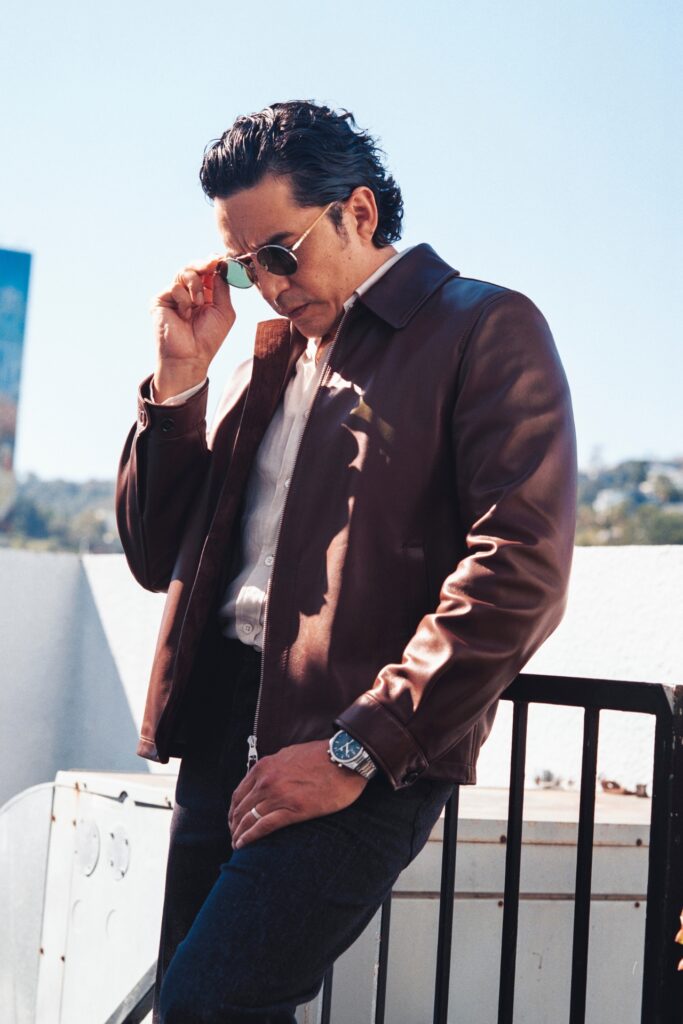
What might Tommy look like in The Last of Us without Joel?
I’ve been to a lot of funerals in my life. I try to frame it as: Their cage has opened. Now they’re free. Their spirit can go back to the pool of creation, and rejoin The One. There’s a lot of hope in the idea of death for me. One of my mottoes is “Memento Mori,” so that I could live well and fully but always remember death so that you can appreciate life on a daily basis.
In this case, I was just trying to recall moments when you lose people abruptly. I drew a lot on my cousin Adrian. He was 44 years old and I lost him to liver cancer – just drawing on those emotions and memories. There’s this scene that follows the events of the second episode. I won’t get into it too heavily, but there’s a transition that happens, a passing of the torch so to speak. It felt not only was it happening in the story but in our work and in our production. It’s exciting moving forward. It’s a terribly tragic episode. But now the world expands.
Talk to me about executing the big “Battle of Jackson” sequence.
Thankfully, we had the great Mark Mylod, who has experience with large set-pieces. He’s able to balance beautiful cinematic vocabulary with what’s important from a character basis. In preparation for this, we did all the prerequisite training – training I’ve acquired over my career working with firearms and riding horses and combat. We shot it over three weeks, just that scene . . . Every day before work, he [Mark Mylod] would get on the mic and lay down what we’re doing step by step. However fearful people were, we all breathed a little easier. Because he has this beautiful voice and this great clarity of vision.
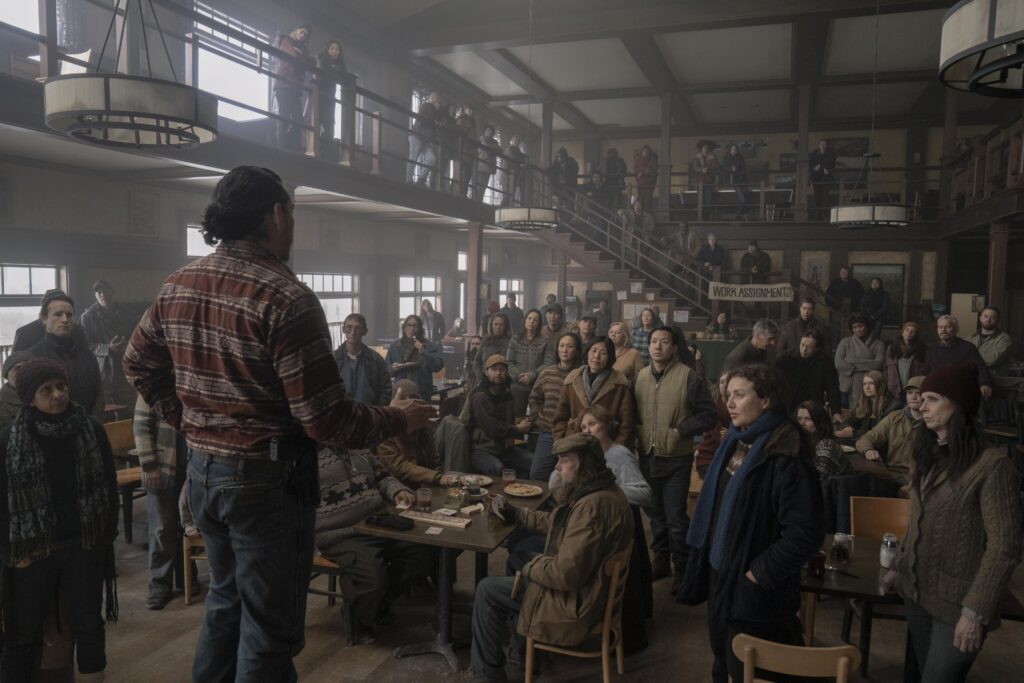
Tell me everything about using the flamethrower.
The last time I had seen a flamethrower, I was eight years old at the Fredericksburg World War II Museum, an hour outside Austin. I remember they did a weapons display and fired off a flamethrower at a bunker. It was about 50 feet away. And the moment they lit up, I could feel the heat. I remember that so vividly. When I read the script and realized this would be happening, I was excited. In the game, the flamethrower is a very important escalation of your firepower. We didn’t see any of that in the first season. So I’d be the one to introduce it to the audience.
What did training with the flamethrower look like?
It was me driving an hour and a half up to set, putting a flamethrower in my hands for three minutes, and [them] saying, “Yeah, Gabe’s good.” And then driving back to Vancouver. But it was a cool rig. We had some of our special-effects guys off to the side feeding the vapor and the natural gas and liquid propane through the nozzle. Every take, we light the pilot and do a couple of test blasts. That was fun, because everybody’s standing around as you’re blasting this massive column of fire at the camera. The rig itself was not full of propane gas, so it was a little lighter.
Leading up to it, I watched every movie I remember that has a flamethrower in it. I watched Once Upon a Time in Hollywood, Aliens, The Last Man on Earth. There’s a really cool scene where Vincent Price is burning all the dead zombies. He has this gas mask on and you can see the flames reflected, and it’s all in black and white, so it looks incredible. I watched all these examples of practical flamethrowers for no other reason than to see the canon I’d be joining.
Speaking of video games, you did a voiceover role on Secret Level recently. Are you secretly a big gamer?
Well, I have this. [Luna reaches off-camera to show off his custom PlayStation 5 controller.] This cool, like, Keith Haring–inspired controller. I bought it at Comic-Con, along with my PlayStation that Sony was so generous to give me. I got a Nintendo Switch that gathers dust. Unfortunately, I’ve been working. I don’t take the machines with me, even though that one is so portable. Right now, I love Astro Bot. I finally got home from this press tour, so I played a little Astro Bot last night. I’m a big story guy, so it’s like Red Dead and Ghost of Tsushima, Skyrim, Metal Gear, and everything Kojima’s ever done. I love games, man. I’m a child of the ’80s.
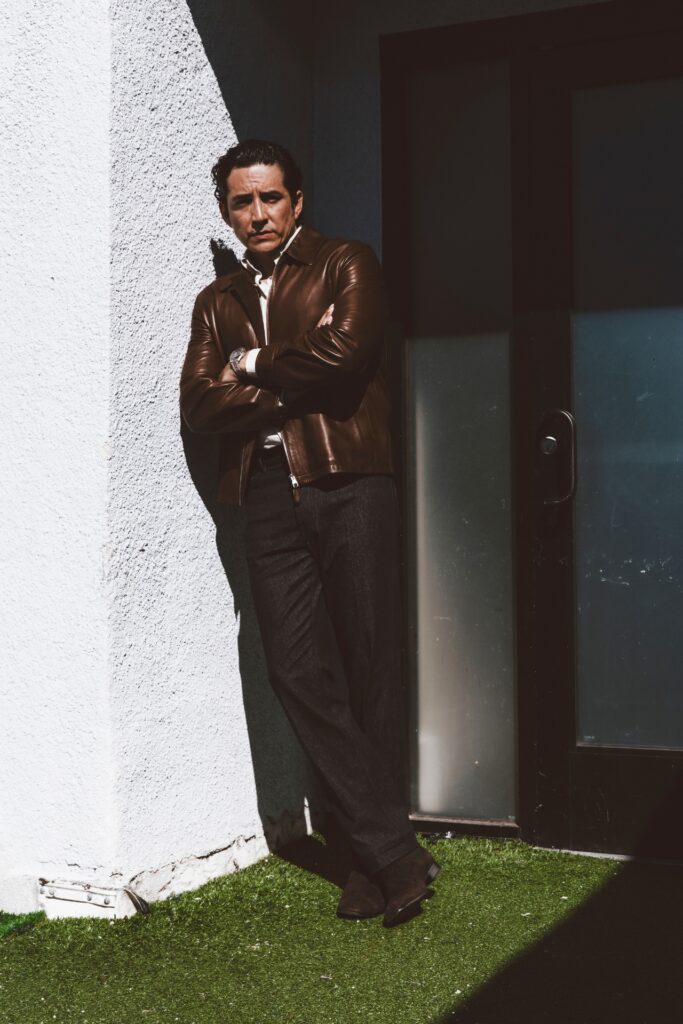
The Marvel franchise has been keen on resurrecting a lot of long-gone characters lately. Almost ten years after playing Ghost Rider in the MCU, how much does a potential return as that character interest you?
I had put that idea to bed a long time ago. But then the direction that [Marvel Studios’] Kevin [Feige]’s taken with the MCU, exploration of the multiverse, it’s reopened that idea, and my openness has shifted a bit. Of course, it’s entirely up to them. No one’s knocking my door. My phone isn’t ringing. But it’s a character I really loved. And I still know I’m physically able to do what I need to do to play that character. It does feel a bit like unfinished business, considering we were gearing up to do the Ghost Rider show and things got reshuffled. That’s the long answer. Short answer is yeah, man, I’m open to it. Sounds fun.
With your experience doing action scenes for network TV and big-budget blockbusters, where does a big elaborate sequence like this for HBO fall in that range, in regards to the scale and undertaking?
In each of those examples, there’s people working beyond the call. With Ghost Rider, our special-effects guys and my stunt drivers who taught me cool stuff I still haven’t been able to do on screen—but should they need me, I could do it . . . on Terminator, you have a good-sized budget and a really high-class individual, David Ellison – somebody who just loves cinema and loves to put cool things on the screen. The scene where I fight Arnold and Linda [Hamilton] at the end of the movie, we shot over six, seven days. That’s just one fight. On a network, we did a whole episode in eight days. This Jackson battle, it’s like 15 minutes of screen time that took a month to shoot. The lengths HBO will go to are extraordinary.
This story originally appeared on Esquire US.
Related:
‘The Last of Us’ season 2, episode 2 recap: no going back
The director of ‘The Last of Us’ knows season 2 is daunting as hell




